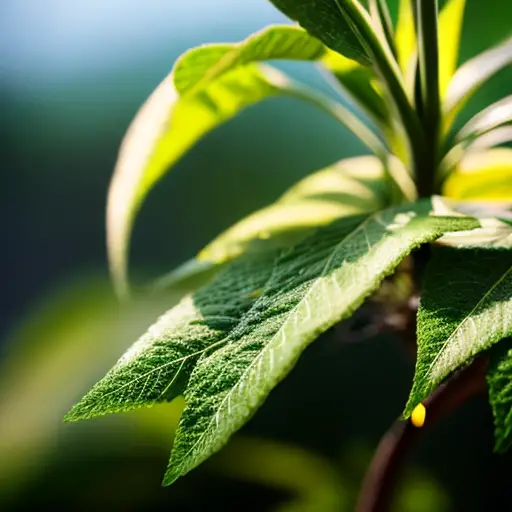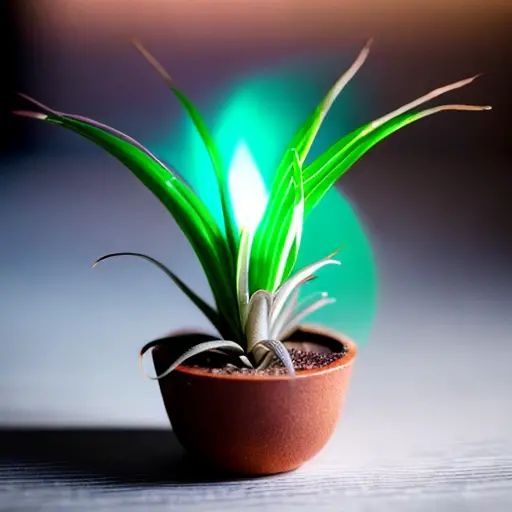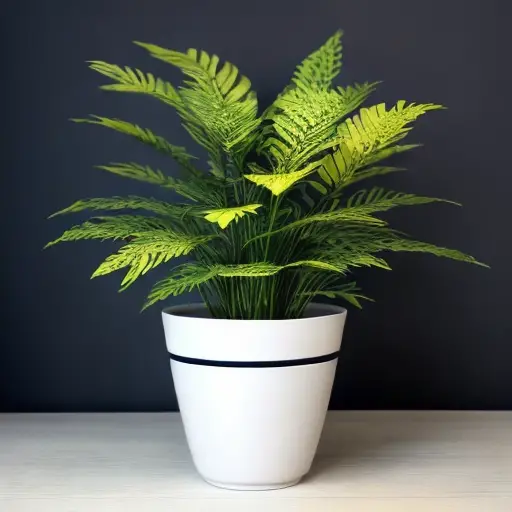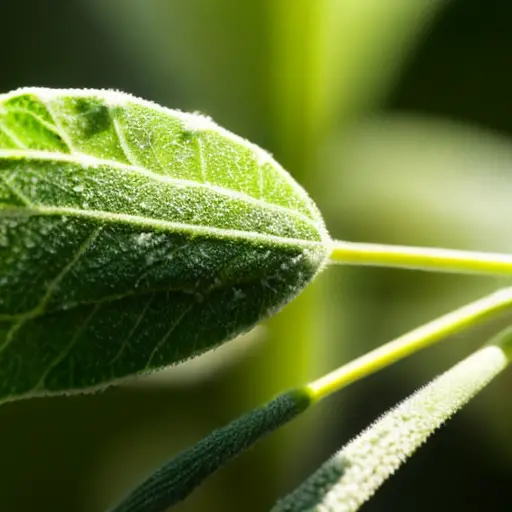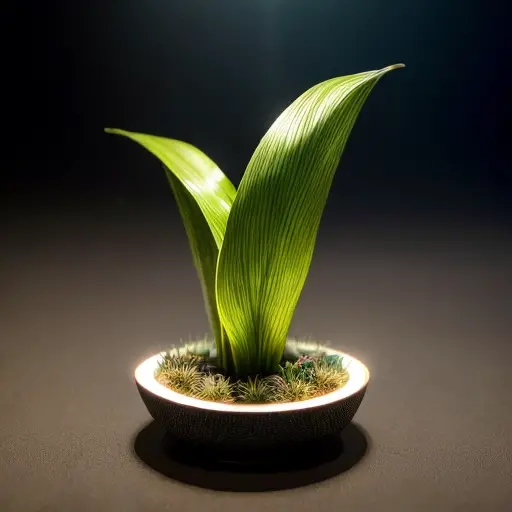Protecting Plants from a Freeze: Essential Tips for Winter Survival
Understanding the Freeze Threat: Recognizing the Signs and Risks to Plants
Alright, fellow green thumbs, brace yourselves for a chilly topic! Today, we’re diving into the captivating world of plant protection from the dreaded freeze. Now, before you start having frosty nightmares, let’s talk about recognizing the signs and managing the risks to our beloved leafy babies. Picture this: your vibrant, leafy friends shivering, turning into popsicles before your very eyes! But fear not, dear gardeners, for there’s hope! From covering your plants in cozy blankets to serenading them with warm jazz (okay, not really), we’ll explore all the hilarious and unconventional ways to outsmart the Arctic-like conditions and save our plant companions. So, grab a cuppa and let’s embark on this freezing yet flower-saving adventure together!
Prepping for Cold Nights: Essential Steps to Shield Your Plants from Frost Damage
One interesting fact about protecting plants from a freeze is that some gardeners use Christmas lights to prevent frost damage. By wrapping outdoor plants or creating a makeshift frame with the lights, the gentle heat emitted can potentially raise the temperature just enough to keep the plants from freezing. However, it is important to use only incandescent or LED lights specifically designed for outdoor use, as other types could generate too much heat and pose a fire hazard. Additionally, it is crucial to follow safety guidelines and avoid excessive contact between the lights and the foliage to prevent any potential damage.
Ah, the majestic dance between man and nature continues! As the chilling winter nights descend upon us, it’s time to unleash your inner plant whisperer and protect your precious foliage from the icy clutches of frost. Consider it your personal mission to guard your green friends from Jack Frost’s mischievous antics. Grab your imaginary superhero cape and get ready to save the day (or, uh, night) with these essential steps to shield your plants from frost damage. From covering them with cozy blankets to turning your garden into a quirky greenhouse extravaganza, let’s make your plants feel like VIPs at a superstar ice festival! Just don’t be surprised if you catch them serenading you with a chorus of ‘Let It Snow’ in gratitude.
Covering Your Garden: Exploring Effective Protective Measures during Freezing Temperatures

Alright, fellow gardeners, brace yourselves because winter is coming! And you know what that means – it’s time to bundle up not just you, but your beloved plants too. Today, we’ll be diving headfirst into the delightful topic of ‘Covering Your Garden: Exploring Effective Protective Measures during Freezing Temperatures’. As we all know, when those icy winds start blowing and the frost begins to form, our delicate green darlings need a little extra TLC. So, grab your gardening gloves and a whimsical hat because we’re about to embark on a wild adventure of plant protection, where we shall unravel the mysteries of shielding our leafy friends from the clutches of Jack Frost’s icy grip.
Let’s start by acknowledging that freezing temperatures can be more alarming for our plants than a squirrel with a vendetta. But fear not! We have an arsenal of protective measures up our sleeves. The first line of defense is undoubtedly the trusty garden blanket. Now, I don’t mean some fancy cashmere number; we’re talking about a good old-fashioned frost cloth. This marvelous invention works like a snuggly winter coat for your plants, providing insulation from the biting cold. Just be sure to secure it properly, using stakes or clips, because nobody wants their plants to end up in a game of ‘Where’s my Tomato?’ as the wind howls.
Now, if you’re like me and have a penchant for upcycling, you can repurpose some items from around the house for the task. Think outside the box (or your garden shed!) and consider using old bed sheets, tablecloths, or even Grandma’s crochet masterpiece. Not only will these make your plants feel like they’re on a cozy winter vacation, but they’ll also give your garden a fashionable and eclectic flair.
Ah, but wait! We can’t forget about those tall, elegant beings – our lovely trees. Don’t let them shiver and shake like a leafless twig in a snowstorm! For our arboreal friends, a burlap wrap is like a warm hug from a lumberjack. Simply wrap it loosely around the trunk, allowing room for airflow, and embrace your inner arborist. Bonus points for creating a holiday sweater pattern by weaving different colors of twine around the burlap — the only limit is your creativity.
While we’re on the topic of creativity, let’s discuss the wondrous art of building mini greenhouses like a crafty scientist. If you’re feeling adventurous and have some extra materials lying around, grab those PVC pipes and construct a shelter that will make your plants feel like they’re part of an exclusive botanical club. Toss in some transparent plastic sheets, secure it all together, and voilà — a temporary sanctuary where your plants can enjoy winter without feeling like extras in an ice sculpture exhibition.
Oh, and dear gardeners, don’t you dare forget about our vulnerable potted companions! These intrepid explorers need extra care during the frosty season. It’s time to gather them together like a family huddled around a campfire. Group those pots closely, preferably on a heat-trapping surface like bricks or wooden pallets. If you’re feeling extra generous, lay down some cozy blankets to keep their little roots as warm as hot cocoa by the fire. Now, that’s some serious plant parenting!
In conclusion, my green-thumbed companions, protecting our plants from a freeze is a combination of skill, creativity, and a smidge of quirkiness. Embrace the whimsical journey of covering your garden during freezing temperatures because, let’s face it, nothing brings joy like seeing your plants emerge unscathed from winter’s icy clutches. So, join me as we embark together on this grand adventure of tucking in our leafy friends, armed with frost cloths, burlap hugs, and DIY greenhouses. Winter may be coming, but with our protective measures, our gardens will remain the oasis of life in the frosty, monochromatic wonderland. Happy gardening, my fellow protectors of plants!
Long-Term Freeze Protection: Strategies for Preserving Plants and Ensuring Their Survival
Did you know that covering vulnerable plants with household items like bedsheets or blankets can actually create a mini greenhouse effect? The trapped heat from the soil gets trapped beneath the covering, helping to insulate the plants and protect them from freezing temperatures. It’s like giving your plants a cozy winter blanket!
Are you tired of playing plant therapist every winter, desperately trying to revive your frozen ferns and shivering succulents? Fear not, fellow plant enthusiasts, for I come baring freezing-proof secrets that will have your green babies thanking you even in the harshest of winters! Long-Term Freeze Protection: Strategies for Preserving Plants and Ensuring Their Survival is a tongue-in-cheek guide that will make you the hero of freezing flora everywhere. From cozying them up with fashionable knitted sweaters to introducing them to their own personal space heaters, this quirky manual breaks through the icy barriers of traditional plant protection. So wave goodbye to those wilted winter woes and say hello to thriving plants, because with these laugh-out-loud strategies, your botanical buddies will be frolicking through the frost like it’s a pool party in Antarctica!



